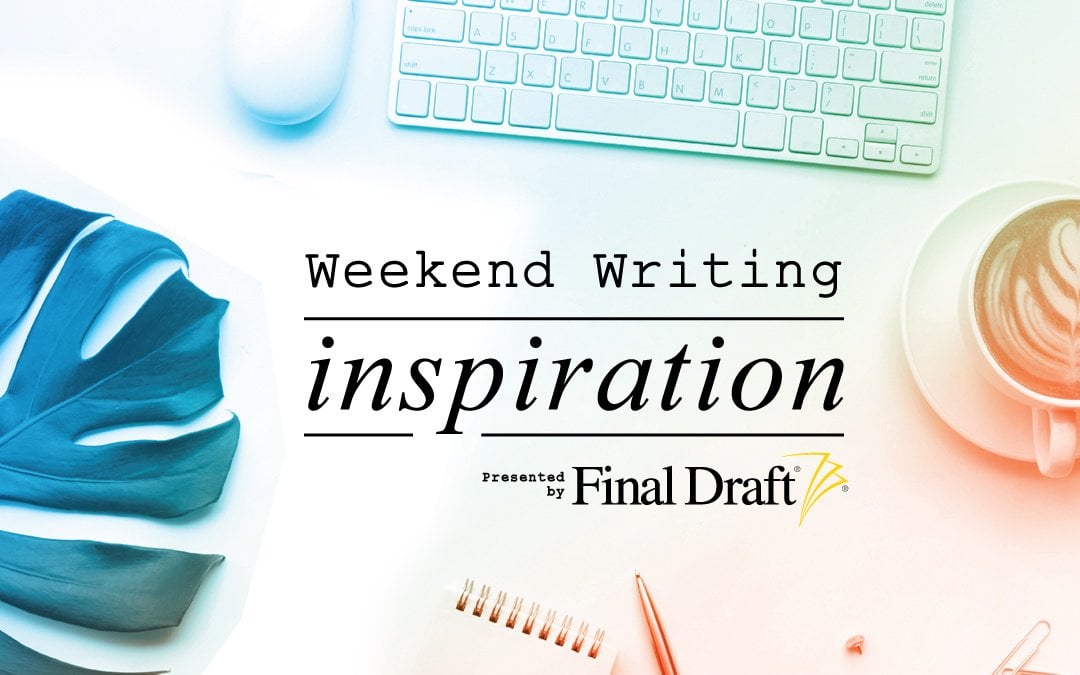Fellowship Season Prep Part 6: Next Things Next!
May 22, 2020
“First thing’s first” is great for beginnings, but a writer’s life is a continuous string of starts, stops and especially, “what’s next?”. So, what do we do when it’s time for another “next”?
NBC’s fellowship deadline has passed. CBS, WB and ABC are open for a few more days. And the Nickelodeon fellowship has yet to open. Regardless of where you are in your submission process, once you’ve proofread your application so many times words have lost all meaning and hit that “submit” button, the next fork in your fellowship flowchart comes down to a yes or no. Yes to the next round. Yes to an interview. Yes to being one of a handful of fellows selected for the program. Or a No.
While you wait for emails and announcements, you can sharpen your interview skills using the exercises in the last two articles in this series. But at some point, the updates will start to roll in. A small fraction of writers will move on to interviews, and eventually even fewer will be announced as final fellows.
Meanwhile, the Nos may not even come from the fellowships themselves, but rather from whispers trickling in on social media. “My roommate’s cousin’s next-door neighbor’s brother just made it to round two!” Or worse, the news may come from the slow realization of getting No News as the calendar weeks pass by.
If you end up as one of the chosen few who make it past the interview and into a fellowship, hang tight. I’ll have tips for you in the next article. But if not, remember that this—your one wild and precious life as a writer while hanging on to this spinning blue globe—is a marathon and not a sprint. While your heart was set on one of those coveted fellowship spots, there’s so much more to gain from the application process than just a YES.
With that in mind, whether it’s fellowship related or not, here’s a list of To Dos for if or when you get a NO.
- REMEMBER
You’re in good company. Less than 1% of applicants will make it into fellowships.
Also, the Nos don’t stop once you’re “in.” Instead, you’re subjected to even more heartbreaking levels of No-ness. Dave Holstein, creator of Kidding, made some encouraging waves when he tweeted his own #shareyourrejections story about how his pilot script Kidding was rejected from a popular screenplay competition for being “unfunny” and “muddled.” Kidding is now a Golden Globe®-nominated Showtime series starring Jim Carrey and Catherine Keener.
And there’s more where that came from. Rachel Bloom and Aline Brosh McKenna’s Golden Globe AND Emmy®-winning Crazy Ex-Girlfriend was rejected by multiple networks before finding a home at the CW. And according to Dan Harmon, Rick and Morty was rejected by Fox for being too similar to Futurama.
- REFLECT
What did you learn while working on your applications? Did you get into a better rhythm with your writing? Did you remember a story from childhood that parallels the themes your scripts circle around? Are you 10% less anxious when answering interview questions and pitching your strengths in a room? Everything you do in life has a cumulative net positive effect on your writing. Nothing is lost. Especially if you take time to reflect on your experience.
And if you haven’t yet, now’s a great time to organize a file folder to keep track of your essays and submission info. A lot of applicants apply to fellowships multiple years in a row and whether this is your first or fifth attempt, keeping track of your progress will ensure that next year’s application is even sharper.
- SET OUT TO FAIL
In Kim Liao’s popular essay, “Why You Should Aim for 100 Rejections A Year”, she shares advice from a successful writer friend who encouraged her to “collect rejections.” The bottom line being, if you’re not failing, you’re not taking big enough—or frequent enough—risks. And by turning rejections into prizes to be collected, you can more boldly and optimistically tackle every application and opportunity that comes your way.
- CONSIDER REST A “THING TO DO”
Author Glennon Doyle recently tweeted regarding quarantine: “There are times for creating and times for becoming the person who will create the next thing. For many of us, this is a becoming time. Rest and become.”
This wisdom works for any moment in your creative journey when pushing into the next busy activity just isn’t the right thing. Sometimes, the stress of taking a break can be overwhelming to a writer because to be unproductive can feel like death. But the fix is to simply reframe your semantics. In this case: You’re not doing nothing, you’re percolating. Whether you realize it or not, your subconscious is busy even when you’re not. Trust it.
- EXPAND YOUR HORIZONS
If you’ve tried resting and you’re ready to get back to more active tasks, consider leaping outside of your comfort zone. Unique and unusual stories are great currency for pitching, staffing interviews, general meetings, and fellowships essays. So getting out into the world (even just the online world for now) to try something new will shake up, spice up, and light up your inner world as much as your writing. Do something wild and take what you’ve experienced into your next project.
- DO SOMETHING UNNECESSARY
Possibly the only drawback to selling a series or staffing on a show is that you suddenly have a lot of people with opinions about your writing and you have to heed their suggestions for how to change your script. They’re wise and brilliant and have much more experience than you, but it’s still an adjustment!
Therefore, the rare silver lining for not getting a fellowship, or being in a writers room, is that whatever project you’re working on can be as absurd as you want and can break as many rules as you want. Your next project doesn’t even need to be a script. As Marie Kondo would hope for you, it only has to spark joy. And digging into your own joy is great preparation for when you do tackle that next professional project.
Check out this episode of Todd Henry’s “The Accidental Creative” podcast to hear more on the value of unnecessary creating and why it’s so important to make time for projects that excite you.
Above all, the most important thing to remember is that a No is not at the end of your journey. As my old writing mentor would say, it’s just the next link in the chain of your writing career, and there are so many more to come. So take a breath, recalibrate, and then keep at it.
Written by: Liz Thompson
Liz Thompson is a screenwriter, playwright, and development consultant, and has sold shows to CBS (sitcom) and NBC (procedural). She teaches strategy-based development classes for new and established writers, runs The Writer’s ARC group on Facebook, and crafts immersive puzzle hunts and books in her spare time. You can find more on Liz at www.HowToLiz.com.



